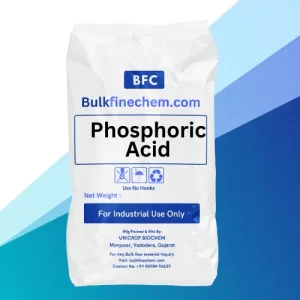Sodium Sulphate
Sodium Sulfate Anhydrous (Na2SO4) is a versatile compound with various applications. In medicine, it helps restore and maintain electrolyte balance, particularly in fluid and electrolyte disturbances, without disrupting the body’s equilibrium. Its use in isosmotic solutions ensures a safe administration process. In industrial settings, it plays roles in detergent, textile, and paper production. With a neutral pH, sodium sulfate serves as a valuable chemical reagent in laboratories for analytical and research purposes, demonstrating its flexibility across different domains.
Application of Sodium Sulphate
Sodium Sulphate Anhydrous, the anhydrous form of sodium salt derived from sulfuric acid, dissociates in water, producing sodium ions and sulfate ions. It serves as the principal cation in extracellular fluid and plays a significant role in treating fluid and electrolyte imbalances. An electrolyte replenisher, it finds application in isosmotic solutions to ensure that the administration does not disrupt the normal balance of electrolytes, preventing the absorption or excretion of water and ions.
Mechanism of Action
- Sodium Sulphate anhydrous dissolves in water, it actively releases sodium ions (Na+) and sulfate ions (SO4^2-).
- Sodium ions play a crucial role in maintaining proper electrolyte balance in the body’s extracellular fluid.
- It is used in isosmotic solutions, which means these solutions have the same osmotic pressure as bodily fluids.
Benefits of Sodium Sulphate
- It can help restore and maintain electrolyte balance in medical settings, particularly in cases of fluid and electrolyte disturbances.
- It can be used as a chemical reagent in laboratories for various analytical and research purposes.
- It is also used in various industrial processes, including the manufacture of detergents, textiles, and paper.





